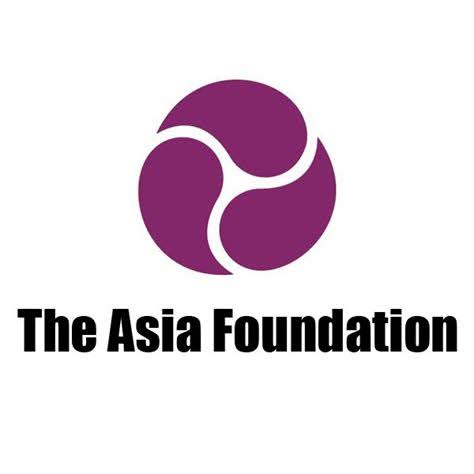Jay A. Carizo
Data from the Bureau of Local Government Finance (BLGF) show 68% of the local government units (LGUs) in 2021 are considered dependent on the national tax allocation (NTA). But while NTA-dependency has some positive side, the mandate under Executive Order No. 138 to fully implement devolution and the sudden decrease in revenue collections could lead LGUs to miss their targets and underperform in delivering the functions and services expected of them. Because of COVID-19 pandemic, the 2023 NTA share of LGUs declined by 14% from P959 billion in 2022 to P820.3 billion in 2023.
The decline in NTA led the LGUs to tighten their belts and institute mitigation measures. Tanauan in Leyte which tax allocation declined by PhP 32 Million, for instance, had to minimize hiring contractual employees and reduce investments in various programs including agriculture even in this time when the country is struggling with food security. The case is different with LGUs like Catbalogan City in Samar which resorted to contractual employees instead of appointing regular staff because the latter is costlier to maintain due to statutory benefits. Almost all of the LGUs, however, have to request their employees to take on multiple tasks so that the labor costs can be used to finance local programs.
LGUs, however, view NTA-dependency differently. For results-oriented LGUs, the drive is to deliver the necessary programs at all costs and these include forging partnerships with other stakeholders particularly the private sector and the civil society organizations. Barcelona in Sorsogon, for instance, partnered with Land Bank of the Philippines to invest in Agri-tourism farms with the objective of enabling the LGU “to create money and make further development happen” according to Mayor Cynthia Fortes. This not only boosts tourism but also addresses problems of hunger and malnutrition.
Others try to address NTA dependency head on. The Provincial Government of Northern Samar, for instance, recently created the local economic and investment promotions office to generate more resources that can be used to finance the priority programs of the LGU particularly in health, education, and agriculture. Governor Edwin Ongchuan’s economic team is now looking at improving the local tourism industry, the development of economic hubs for trade and commerce, and the strengthening of agricultural production.
For BLGF, the basic approach to address NTA dependency is by improving local tax collection. By making tax collection efficient and by employing the right people for the job, locally-sourced revenues will definitely increase.
Bantay Kita, a nationwide coalition of civil society organizations, likewise suggests empowering the communities so that the latter can help in the governance of natural resources towards sustainability and resiliency. For example, ancestral domains if effectively managed can yield royalty fees that can fund programs not only for the Indigenous people but also the rest of the members of the community.
The key to addressing NTA-dependency, however, is the gathering and effective utilization of data and information to take stock and unlock revenue sources. When Ver Roque was the mayor of Limay in Bataan, for example, he invested on data and information gathering and developed strategies based on what his LGU gathered to improve data collection. As a result, Limay consistently joined the group of high income-generating LGUs and this benefitted also his successor.
Not all LGUs are suitable for Agri-tourism or extraction of natural resources. LGUs need to make an inventory of what they have and use the same to generate income. From this inventory, LGUs should review the current policy environment and update the mechanisms and structures to facilitate taxation and income generation. These should include mechanisms on transparency and accountability as well as participatory governance.
Another worthwhile investment is on the use of information and communication technologies (ICTs). With the use of communications technology, Valenzuela City was able to encourage businesspeople to further invest in the city (and eventually generate more income) because of the Paspas Permit Program — an end-to-end online platform for securing business permits. This Paspas Permit initiative has been given a Galing Pook Award for being a model LGU in ensuring the ease of doing business in the locality.
Lastly, LGUs, its partner communities and other stakeholders also need to invest in building their capacities and capabilities – from generating to understanding and utilizing data, to the development and implementation of plans, and monitoring the same. For capacity and capability building and strengthening, LGUs can start with whatever additional resources they have under Mandanas-Garcia Ruling. Such an investment will definitely lead to breaking the chains of NTA dependency which, if managed properly, could trigger more programs and projects for the people.



